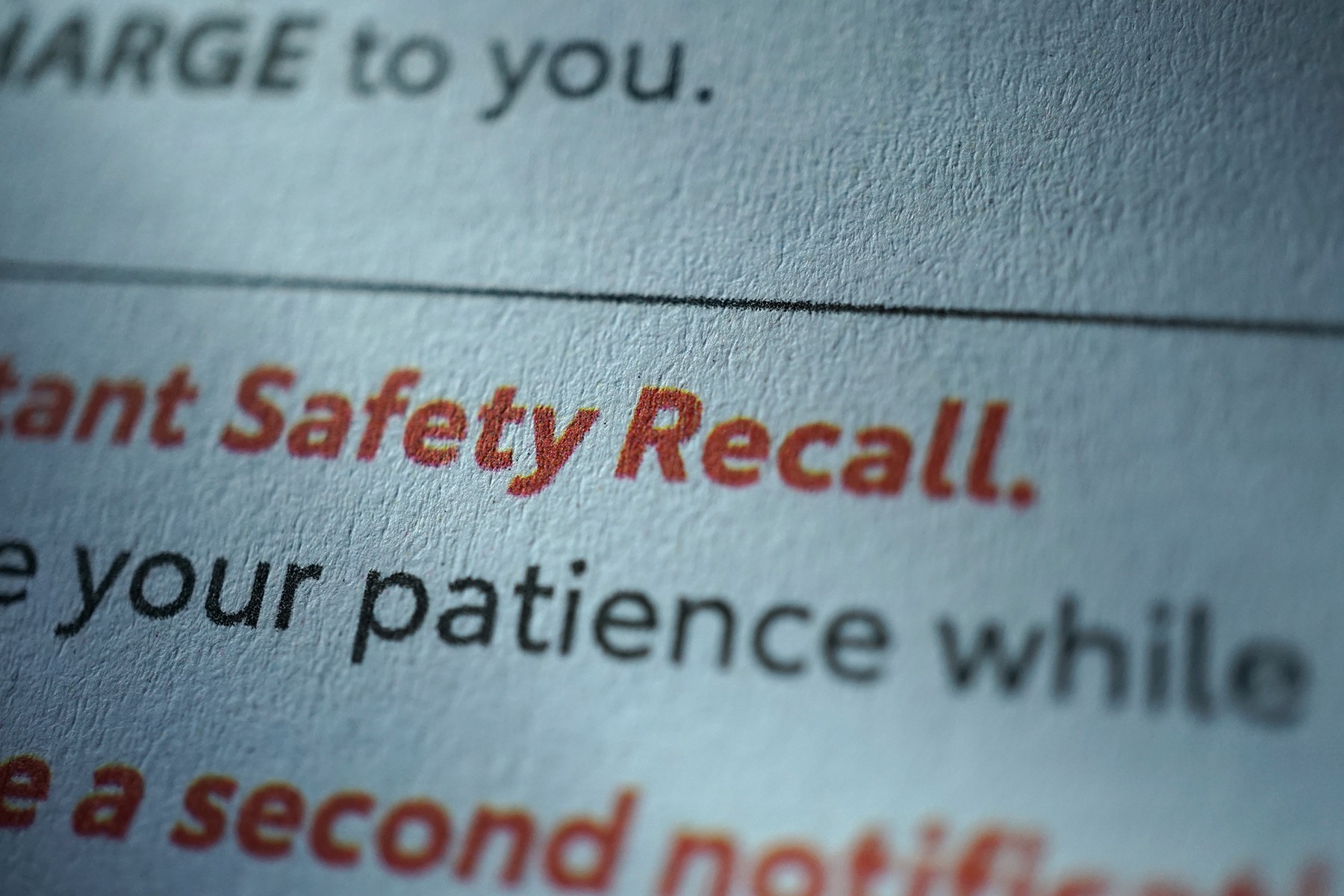David Issacson, ETQ’s Vice President of Product Marketing, wrote an article for SupplyChainBrain that appeared this week outlining strategies manufacturers can employ to increase resiliency and mitigate supply chain risk. And, if there’s one thing we’ve learned over the past two years, it’s to not take the resiliency of our supply chains for granted.
There is no doubt, the pressures on manufacturers are significant – severe labor and material shortages, high oil prices, increased global competition and more. Whether you manufacture food, pharmaceuticals or automobiles, your supply chain is becoming increasingly complex and strained, with the growing potential to introduce significant risk to the organization.
According to a recent Gartner report, supply chain executives, 87% of which are investing in resilience measures, are challenged “to find a new balance between resiliency, cost-efficiency and fulfilling increasing customer demands.”
Striking that balance, as David highlights in the article, requires a strategy built on ongoing communication and collaboration between buyer and supplier; flexibility to rapidly adjust and onboard new suppliers, as needed; digital solutions to anticipate changing material and component needs; and a high level of visibility across the entire supply chain.
The Holy Grail of Communication, Collaboration, and Visibility
Strategic supplier engagement requires strong two-way communication and collaboration. Companies that give suppliers greater ownership over shared risks, clear feedback on strengths, as well as areas in need of improvement, will reap the benefits of improved product quality and customer loyalty. Real-time communication, such as information impacting shipments due to port bottlenecks or regional COVID outbreaks, must be shared to mitigate risk and inform decision making. This collaborative model brings everyone involved in the process into a centralized workflow, ensuring that expectations are clear, and decisions can be made quickly.
It’s easier to manage supply chain challenges when you know exactly what’s happening. Deep visibility enables all stakeholders to track components, sub-assemblies, and final products as they travel from supplier to manufacturer to consumer, providing the granular insights needed to combat supply chain fragility and ensure the highest levels of quality and customer satisfaction. This level of visibility is essential to:
- Spot quality issues and delays ahead of time, allowing you to adapt
- Find opportunities to reduce waste and increase efficiency
- Address issues before they’re too big to handle
- Identify changes in supplier quality
- Recognize bottlenecks or gaps in the supply chain
- Make decisions in real time
The key to mitigating the risks that can impact the flow of goods and the quality of products requires a strategy built on strong communication and collaboration between buyers and suppliers, as well as the seamless integration of cloud-native, scalable quality management systems to keep quality on track and goods flowing efficiently.
There is reason for optimism in the months ahead, though supply chain challenges will not be going away anytime soon. As David illustrates in the article, ensuring a resilient supply chain is essential not only during times of disruption but in every climate.


